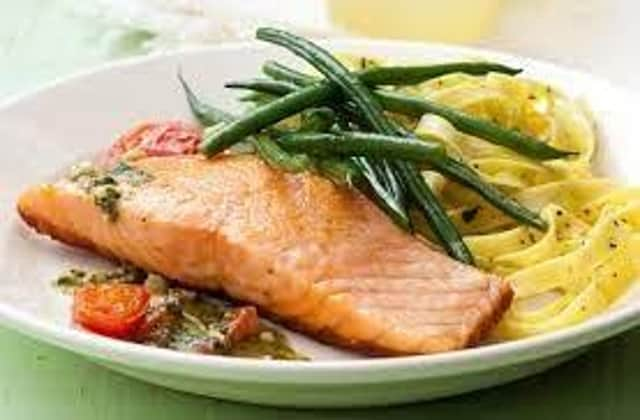Five Top Tips: It’s important to make sure our kids eat the right amount of food


1. Don’t shop hungry
If you shop on an empty stomach, you’re likely to buy far more than you need. The food and smells will get your taste buds tingling and you’ll end up putting too much in your trolley. You’ll spend more, waste more and buy unhealthy food like crisps and sweets so save your money, the planet and your health by avoiding the shops when you’re feeling peckish!
2. Boost your vitamin D
Needed to keep bones, teeth and muscles healthy, vitamin D is created by the body from direct sunlight on the skin. However, there isn’t much sun around at the moment so it is worth considering taking a supplement (10 micrograms per day). For more visit www.nhs.uk/conditions/vitamins-and-minerals/vitamin-d/
3. Put the peeler down
Advertisement
Hide AdAdvertisement
Hide AdMany of us peel veg out of habit but in many cases, the skins are edible! In fact, peels are rich in fibre, vitamins, minerals and antioxidants, making them one of the most nutritious parts of a plant. They can also add flavour and texture. So next time you have a carrot or potato, don’t bother with the peeler – it will save time and prevent food waste!
4. Eat more fish
Fish is a good source of protein and contains many vitamins and minerals. Aim to eat at least two portions of fish a week, including at least one portion of oily fish such as salmon, sardines, pilchards or trout. Oily fish are high in omega-3 fats, which may help prevent heart disease.
5. Me-sized meals
It’s important to make sure our children eat the right amount of food for their size and age. It seems obvious, but a five-year-old needs less than a 10-year-old, and a 10-year-old needs less than an adult. Look at your fist in comparison with your child’s fists and see how much smaller they are. When you’re working out how much to give them, bear in mind that their tummies are much smaller too!
n For more top tips, food facts, recipes and updates, please follow us: Twitter @eatsmartsheff; Facebook @eatsmartsheff; Instagram @eatsmartsheffield; web eatsmartsheffield.co.uk; email: [email protected]